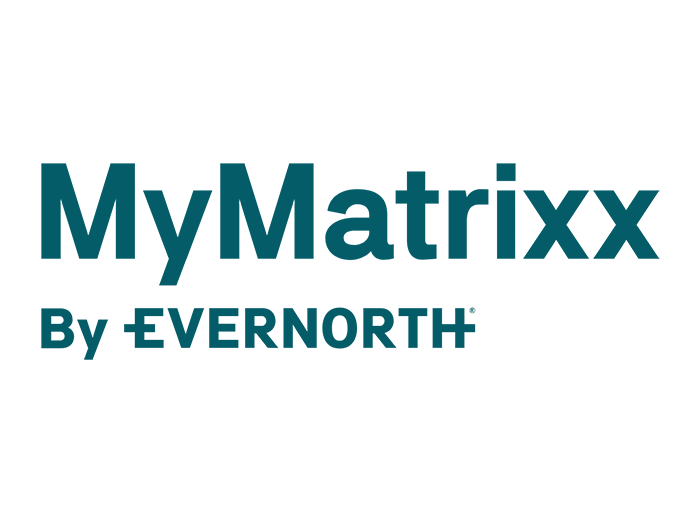Sponsored: Healthesystems
Rehabilitating Your Rehab Program

More providers are turning to physical medicine as they reduce opioid usage, and it is crucial these programs utilize evidence-based medicine to ensure care is clinically appropriate and likely to help patients recover from painful injuries.
But as care is delivered, it is important to capture data that sheds light on the impact physical medicine services have on patients. Many programs only capture cost and number of visits, delivering little transparency into how effective services may be.
By embracing more dynamic metrics, payers can gain a more holistic view of program performance, allowing them to make educated decisions that can improve claims outcomes.
Learn about advanced metrics in physical medicine, such as:
Clinical metrics from patients and providers. By documenting patient metrics like range of motion and strength over time and comparing them to provider metrics like the number and types of modalities embraced during service visits, it is easier to gauge the effectiveness of care.
Operational & service management metrics from the physical medicine vendors that facilitate provider appointments. By quantifying administrative efficiencies such as timeliness on scheduling appointments and handling referrals, it becomes clear how the management of care impacts outcomes.
Utilization metrics surrounding the type of care delivered can reveal treatment patterns and identify unique populations, helping payers find opportunities to target special claims that may require extra attention.
Learn about these metrics and other components of an empowered physical medicine program.
Click here to read Rehabilitating Your Rehab Program: Better Metrics for Physical Medicine at RxInformer clinical journal.










